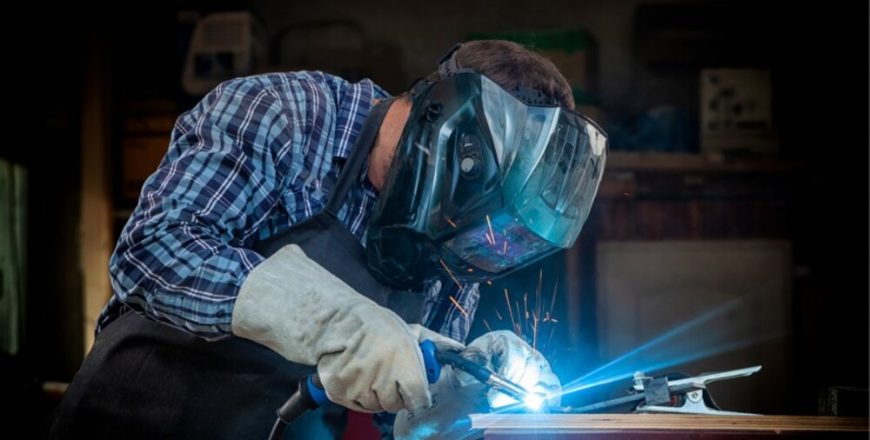
You’ll work with metals on a general welder apprenticeship course to create high-strength welds in two welding positions.
Welding is a method for joining two or more components with high strength. A general welder uses high electrical energy to create an arc. Manual expertise is required to control the arc used to melt metals and fuse them to produce a structurally strong weld.
As a general welder, you will create components for cars, ships, and trains and basic metallic containers and steelwork for bridges, buildings, and gantries.
Welding is a hazardous occupation, and you will be held responsible for the quality and accuracy of your work. To ensure the finished products function correctly, you must produce joints that satisfy fundamental quality standards.
As a skilled, experienced, and professionally certified general welder, you can operate anywhere in the world and provide services in the harshest of environments.
What you’ll learn
On a general welder apprenticeship course, you’ll learn to:
- Combine two welding processes/material types (TIG, MMA, MIG/MAG, FCAW) and (Carbon and Low Alloy Steel, High Alloy Ferritic/Martensitic Steel, Austenitic Stainless Steel, Nickel and Nickel Alloys, Aluminium and Aluminium Alloys) to produce high-quality welds at two welding sites (Downhand, Horizontal, Vertical, Overhead).
- Meet global dimensions and surface inspection (Visual, Magnetic) standards by creating high-quality work.
- Set the welding equipment up, organise it, and test it.
- Prepare, check, and secure materials and the work area.
Entry requirements
You’ll usually need:
- Demonstrable practical or technical skills, ideally in a working environment.
- Apprentices without level 2 English and maths will need to achieve this before taking the end-point assessment.
Duration, level, subjects and potential salary upon completion
- Duration: 18 months
-
Level: 2 – Intermediate Apprenticeship
- Relevant school subjects: DT
- Potential salary upon completion: £25,000 per annum
Assessment methods
The End Point Assessment comprises three distinct assessment methods:
- Theoretical knowledge test
- Practical/oral examination
- Professional interview
Apprenticeship Standard
More information about the Level 2 General Welder Apprenticeship standard can be found here.
Apprenticeship End Point Assessment
For more information about the End Point Assessment Process, please read the Institute of Apprenticeships’ information page.
